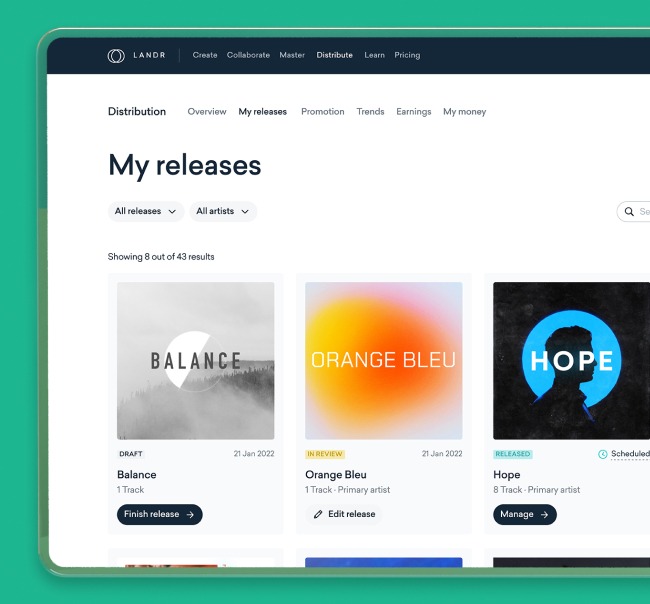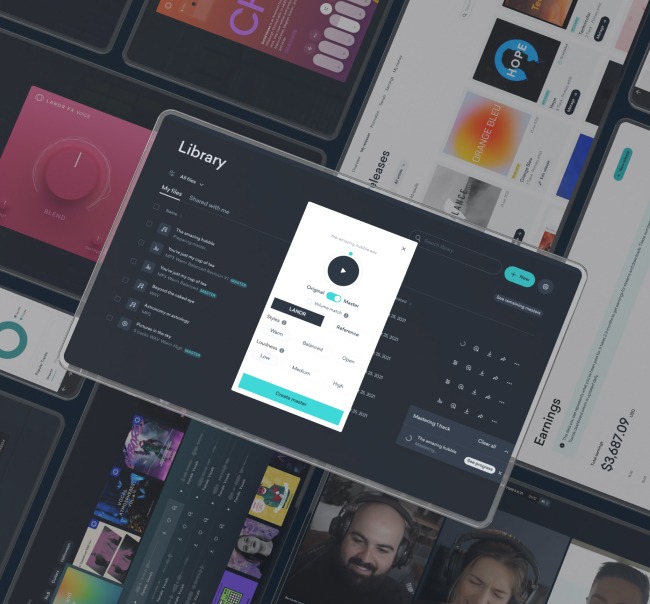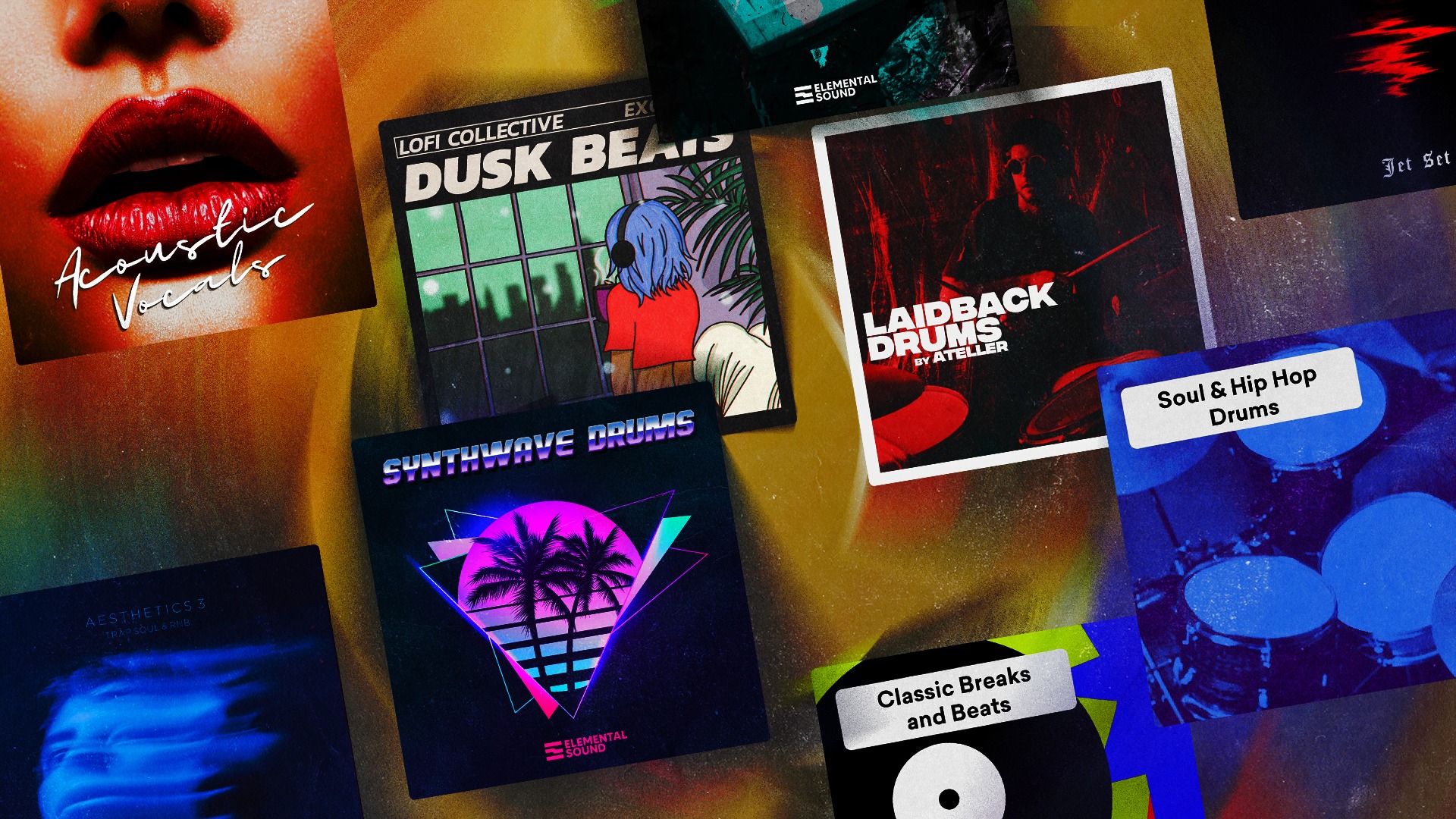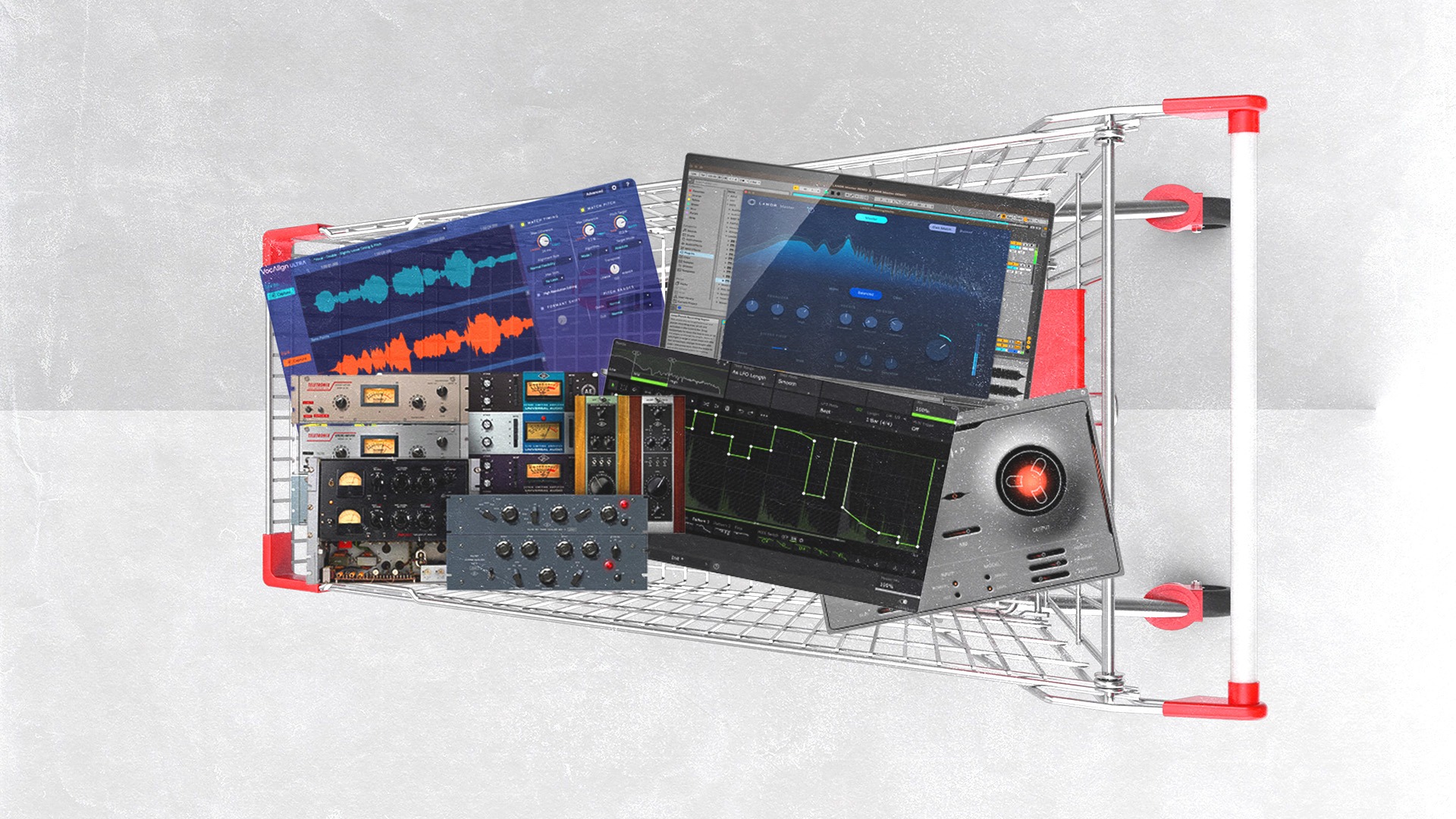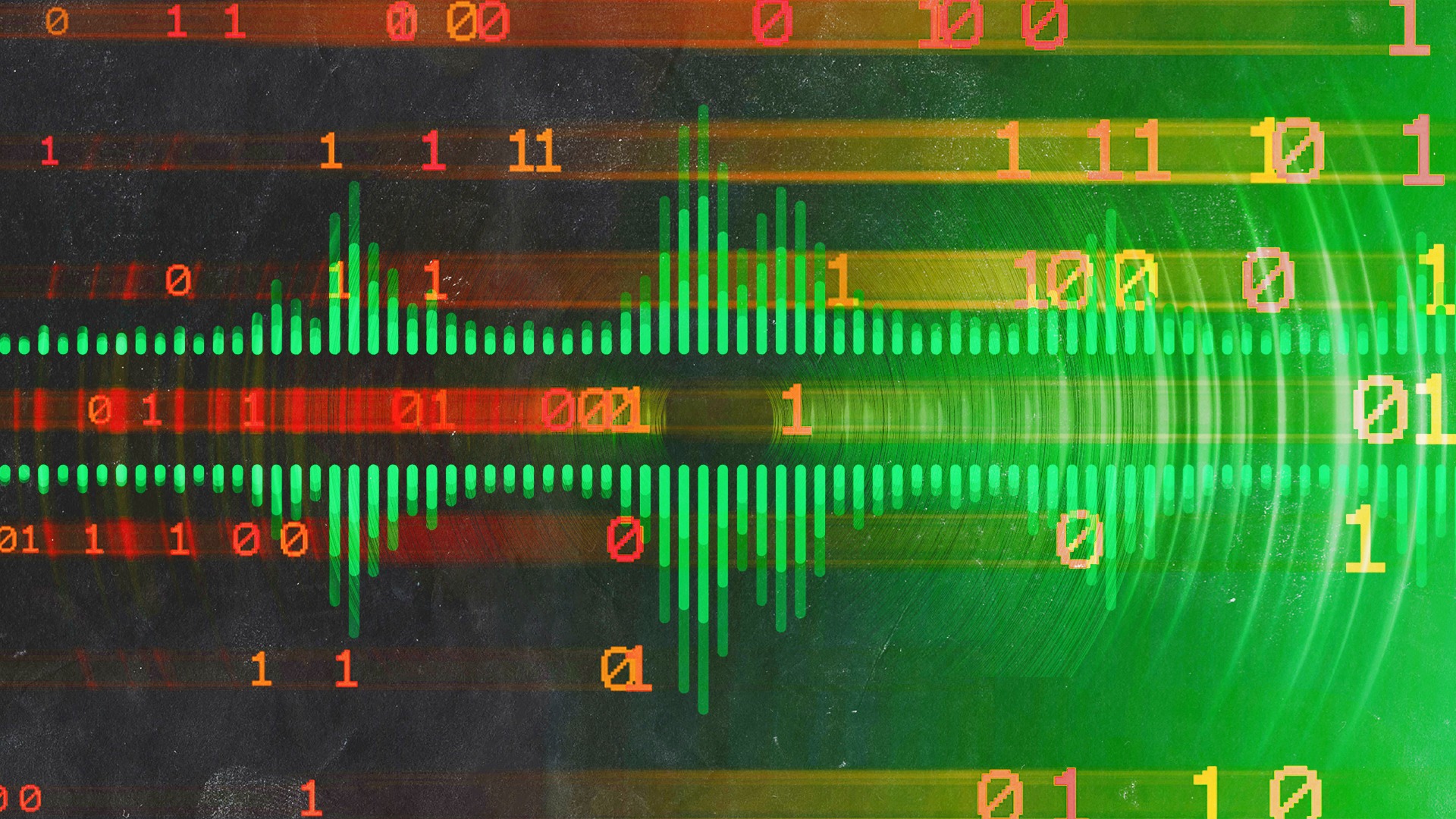
The 12 Worst Pieces of Music Production Advice of All Time
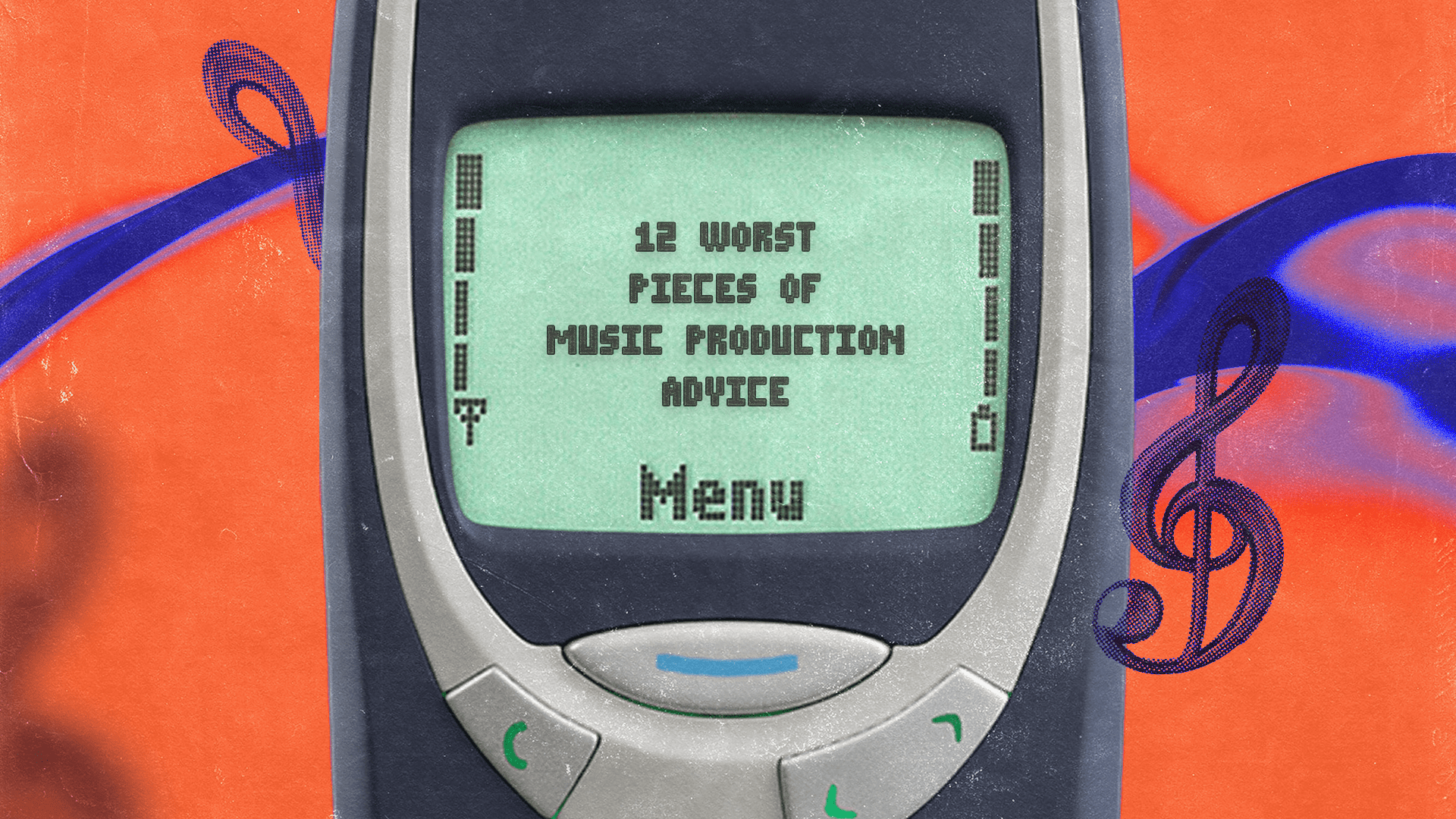
Music production can feel like a maze when you’re starting out, especially when everyone online seems to have “the one secret” to making better tracks.
But here’s the truth: not all advice is good advice. Some of the most common music production tips you hear repeated on forums and TikTok might hold you back.
Whether it’s overly rigid mixing rules or gear snobbery disguised as helpful tips, there’s a lot of noise out there. Let’s cut through it.
Here are 12 common pieces of bad advice in music production and what you should do instead.
Table of Contents
- Mastering is just a limiter
- Just put out your music
- Hi-passing everything to get rid of mud
- Overthinking the rules
- Make a song every day
- That brand sucks!
- EQ this or that way every time
- Your kick and bassline can’t overlap
- Making music should be easier
- You don’t need to learn an instrument or theory
- Louder is better
- Never boost, only cut
1. Mastering is just a limiter
This might be one of the most common pieces of misinformation out there.
Yes, a limiter is used during mastering, but it’s one tool in a much larger chain.
Mastering is about optimizing your final mix so it sounds balanced, polished, and consistent across all playback systems.
A proper mastering chain might include subtle EQ for specific frequency areas, multiband compression to control dynamics, stereo imaging, saturation for added warmth or presence and yes, a limiter to control peak volume.
But solely using a limiter to master your music might squash your mix, remove volume dynamics from your tracks, and ultimately produce an unpleasant mix that’s fatiguing to the ears.
So, consider working with a mastering engineer or using an AI mastering tool or plugin to produce the best possible master of your track or album.
2. Just put out your music
You’ll hear this from YouTubers or influencers encouraging artists to be fearless.
Of course, finishing tracks and putting them out is better than sitting on them for months.
Once you’ve accepted that your tracks are as close to perfect as they can be, don’t distribute them to Spotify without a well-thought-out music promotion plan.
It takes time to create great album artwork, write a compelling artist bio, develop a basic release strategy, and produce social media content for your audience.
You might not need a full-blown label strategy if you’re starting out. But don’t undercut your work by rushing it out without a plan.
3. Hi-passing everything to get rid of mud
Don’t use this common mixing “hack”: “High-pass every track and your mix will instantly be cleaner!”
While high-pass filters are useful, overusing them can thin out your mix and create a harsh sound and put audio out of phase, especially if you’re cutting up into the 200-400 Hz range.
The low-end isn’t just your kick and bass. Room tone, body, and warmth often live in the lower mids, especially for vocals, pads, or acoustic instruments.
Instead of blindly applying high-pass filters to every track, a more nuanced approach to cleaning up the low end involves using a spectrum analyzer to identify specific areas of unwanted energy.
Cuts should be only when necessary and always considered within the context of the entire mix.
If a high-pass filter is used, pay close attention to potential boosts in the low-mid frequencies, as the perception of muddiness isn’t always limited to the very low end.
Don’t assume mud is always in the low end. Sometimes it’s in the mids or even the stereo field.
Use high-pass as a part of your mixing toolkit, not a default setting.
4. Overthinking the rules
If you’ve heard rules like “you have to mix in mono”, “never solo vocals when EQing”, or “kick and bass must be sidechained”, take it with a grain of salt.
Mixing and music production in general are art forms, and when it comes to making art, rules are meant to be broken, especially if you want to innovate.
Sure, some of this advice can make sense in certain contexts, but in many cases, over-relying on rules instead of trusting your ears can be limiting and kill your creativity.
Music production has many guidelines that exist for valid reasons, but they should not be treated as strict rules.
Creative exploration often occurs in ambiguous areas.
Consider The Beatles’ frequent hard-left panning of drums, Tame Impala’s heavily reverbed vocals, and the use of clipped, distorted drums in early hip-hop loops.
Innovation often comes from breaking so-called “rules.” So learn them, sure. But don’t be afraid to break them once you know what they’re for.
5. Make a song every day
The idea behind this advice is to develop a habit and improve through volume and that part does work.
But realistically? Making a fully produced, mixed, and mastered song every single day is a fast track to burnout.
Instead of striving to make a fully produced song every day, which can lead to burnout, a more helpful approach is to establish a consistent creative practice.
Try dedicating specific days to different aspects of music production, such as sound design, sketching loops or hooks, spending several days refining an arrangement, and returning to finish tracks when they feel ready.
Yes, momentum is powerful, and practicing your art daily is valuable, but quality beats quantity in the long run.
Some songs do come together in a day. Others need time to grow.
6. That brand sucks!
If you’ve ever heard advice like, “never use your DAW’s built-in stock plugins,” or “that synth is a knock-off”, don’t let it discourage you.
Plenty of great music has been made with free plugins, built-in DAW plugins, and $100 microphones. Some genres even embrace low-quality sound, like lofi, hyperpop and chiptune.
If a tool helps you create the sound you hear in your head, that’s all that matters. Focus on your ideas, not the logo on your microphone, guitar or synth.
7. EQ this or that way every time
EQ is one of those areas of mixing where producers like to apply rules, but remember, these rules are more like guidelines that serve as a starting point at best.
Advice like “Always cut mids on guitars”, “Always boost highs on vocals”, or “Never touch the low end” can be useful.
But more often than not, the right vocal, guitar and bass sounds are determined by the genre and style of music being produced.
EQ rules like these can be useful in specific contexts, but applying them to every track across every genre is a mistake.
Why? Every sound source is different, every arrangement has unique frequency overlaps, and mixes tend to have different goals
Instead of relying on presets or rules, use tools like spectrum analyzers, reference tracks, and most importantly, your ears.
EQ is about problem-solving and sculpting your sound to fit the mix.
8. Your kick and bassline can’t overlap
This is another oversimplified take.
Yes, kick and bass share space in the low end, and if you don’t manage them, they can sound muddy or indistinct.
But the solution isn’t avoiding overlap, it’s learning to manage by using light EQ adjustments to carve complementary frequency ranges and sidechain compression to duck the bass when the kick hits.
If mixing tools are helping, consider what’s happening in your song arrangement and try using different octaves, rhythmic spacing, or pitch the kicks to match the bassline more closely.
Overlap is often desirable, especially in club music, where the combo of kick and sub is what shakes the room.
That’s why it’s not about avoiding low-end energy, it’s about controlling it.
9. Making music should be easier
We all hit that moment where your session crashes, you experience writer’s block, struggle to record a vocal or can’t get a sound to sit right.
It’s easy to get discouraged and wonder: “Why is this so hard? Shouldn’t this be easier? Is there a shortcut?”
The truth is, music production is hard. It’s a mix of technical skills, musicianship, and creative thinking, and it takes time to get comfortable.
That’s not a bad thing. That’s what makes it satisfying.
Even the best producers have off days, and struggling doesn’t mean you’re doing it wrong. It means you’re doing the work.
10. You don’t need to learn an instrument or theory
While it’s technically true that you can make music by ear, by sampling, or by drawing notes into a piano roll, not knowing basic music theory concepts or an instrument can be limiting.
Learning an instrument or a bit of music theory will enrich your creativity and help you know how to write melodies and arrange with ear-catching chords and scales.
When it comes to the beat, understanding rhythm and meter will help you produce more interesting drum parts.
Plus a basic background in music can speed up your workflow and song writing process.
11. Louder is better
During the “loudness wars” era from the late 1990s to the early 2010s, artists were encouraged to master their tracks as hot and loud as possible.
The idea during that era was that louder songs would stick out against everything else on the radio.
But today, streaming platforms normalize loudness. Your crushed-to-death master will just be turned down. Even worse, it might sound dull or flat next to more dynamic tracks.
Instead, focus on perceived loudness over peak volume, your mix’s dynamic range and arranging contrasting quiet sections that make loud parts feel louder.
Of course, mastering is still important for producing a dynamic and clear mix. But loudness shouldn’t be the only goal when mastering a track.
A punchy, dynamic master at -14 LUFS often sounds louder than a squashed one at -7 LUFS.
So let your music breathe and don’t sacrifice its nuances to make it as loud as possible.
12. Never boost, only cut
There’s a mixing myth that “Boosting frequencies introduces phase problems, so it’s safer to cut.”
But here’s the thing: cutting and boosting both alter phase, and they only do so when making drastic adjustments.
Some engineers do prefer cuts over boosts because they’ve proven to cause less phase issues,
But modern EQs, especially ones with linear-phase or minimal-phase designs, are clean enough that you don’t need to worry about boosts or cuts causing phase issues nearly as much.
Boosting a frequency can add clarity, highlight unique tonal character and when used more intensely create pleasing warmth or distortion
As long as you’re using boosts to tastefully adjust your mix without pushing it into extremes, there’s no reason to avoid boosts completely.
In general, a 2–3 dB boost in the right spot can transform a sound for the better.
Don’t believe the hype
There’s no shortage of opinions in music production. Some are helpful. Some are hype. Some are just plain wrong.
Ultimately, the best way to get better is by making music, finishing songs, and trusting your ears.
Learn the tools. Learn the guidelines. But don’t be afraid to question the advice you hear, especially if it doesn’t fit your creative vision.
Because music production isn’t about being right, it’s about making something that feels good.
Gear guides, tips, tutorials, inspiration and more—delivered weekly.
Keep up with the LANDR Blog.





